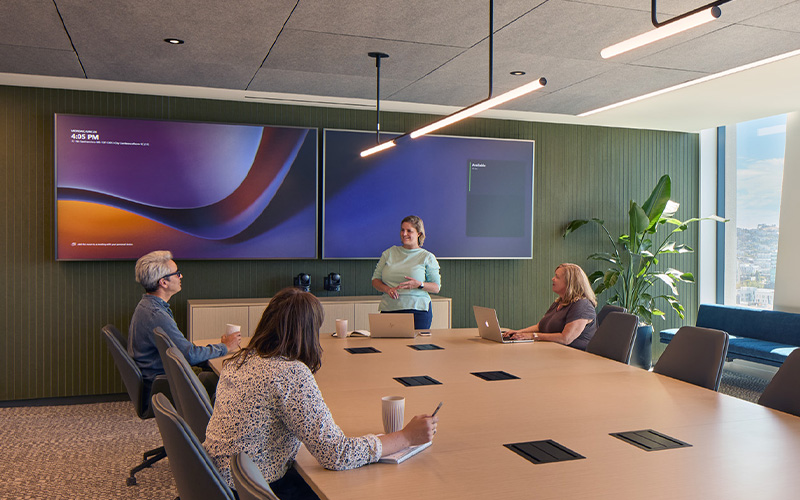TEECOM Team Expands Expertise with Ten CDT Certifications
Ten TEECOM team members have earned their Construction Documents Technologist (CDT®) certification through the Construction...

At TEECOM, we pride ourselves on delivering exceptional work and building trusted relationships. But trust isn’t built by hearing “everything’s great”, or “We love TEECOM!”, or “You are our top performing consultant.” It’s built by uncovering what’s not working. And there is always something that could be improved. After all, none of us are perfect.
Too often, we ask clients, “How’s everything going?” and they reply, “Everything’s great!” It feels reassuring, but it’s often incomplete. When we have someone else check in (someone removed from the day-to-day) we nearly always hear something more nuanced, and sometimes critical. It’s not that clients are hiding problems, it’s that they don’t always feel safe or compelled to share uncomfortable truths unless we really invite them in.
Hidden feedback is often the most valuable kind—the kind that helps us grow, earn deeper trust, and protect long-term relationships. The goal isn’t just to get a pat on the back. It’s to uncover what we can do better before it becomes a problem.
Here’s a simple framework to help you go beyond surface-level answers:
Ask open-ended questions. Instead of “How’s everything going?” try:
Normalize candid feedback. Make it clear you want constructive criticism. You could say:
Use a neutral third party when needed. Sometimes, clients are more candid when the feedback doesn’t feel personal. If you sense hesitation, consider asking a member of your client relations team to conduct a client feedback session.
Listen without defending. When we hear criticism, our instinct is often to explain or correct. Try to just listen, thank the person, and take notes. You can always follow up with clarifying questions later.
Loop back and show action. If someone shares feedback, let them know how it’s being addressed. Summarize what you heard in an email, and then follow-up periodically with status updates. That builds confidence and shows we take their input seriously.
It takes humility and courage to ask for real feedback. But it’s one of the fastest paths to trust, growth, and excellence. If you’ve ever walked away from a check-in thinking, “That felt too easy,” consider circling back. The gold is in the second question. Let’s keep pushing ourselves to get the critical feedback, because that’s where the real learning and trust-building happens.
Cheers,
David Marks, CEO
Stay ahead of the curve with our latest blog posts on industry trends, thought leadership, employee stories, and expert insights.